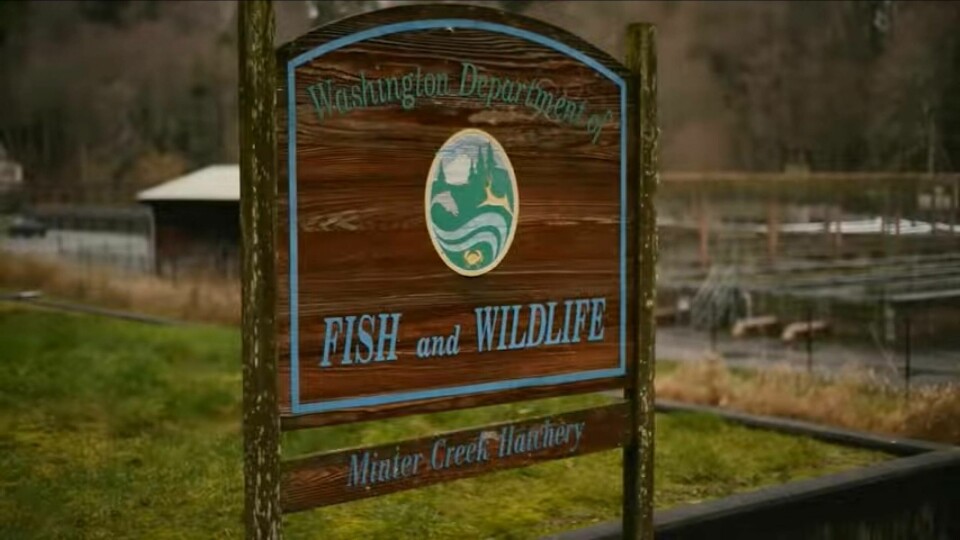
US: state-run fish farm loses 6.2m fry after power cut
Up to 6.2 million chinook salmon fry died last weekend when a windstorm cut power to a government-run hatchery in Washington state in the western United States and the facility’s back-up generator failed.
The fry, which were intended for release into the wild, were in incubators at the Minter Creek Hatchery, Pierce County, operated by the Washington Department of Fish and Wildlife (WDFW). The pump that supplies water to the incubators stopped working when both the main power and back-up generator failed.
WDFW staff tried to start the generator and attempted to provide water to the incubators using other methods, but those efforts were largely unsuccessful, said Eric Kinne, WDFW hatchery division manager in a press release.
‘Devastating loss’
“This is a devastating loss,” Kinne said. “The department is conducting an analysis to determine the root cause of what went wrong so that we can improve procedures at Minter Creek and our other hatcheries to help ensure this doesn't happen again.”
An inventory of the fish lost comprises:
- 4.2 million Deschutes autumn chinook fry
- 1.5 million Minter Creek autumn chinook fry
- 507,000 White River spring chinook fry
Kinne said the department was raising the White River spring chinook as part of the state’s early efforts to provide more food for southern resident orcas, which are listed as endangered both federally and in Washington.
The Deschutes and Minter Creek fall chinook were part of WDFW’s ongoing hatchery operations that support state fisheries, not new production for orcas.
Chum and coho
Other fish – including roughly 4.2 million chum salmon and 2 million coho salmon – being held at Minter Creek Hatchery survived the power outage.
WDFW is determining whether fish from other facilities can replace some of the fry lost at Minter Creek Hatchery, which is located in Gig Harbor. The chinook were scheduled for release in May or June 2019. Chinook typically return to their natal streams to spawn after three to five years in marine waters.
The department operates 80 hatcheries across Washington and raises approximately 68 million chinook annually.
Earlier this year Washington state legislators passed a law to phase out net-pen Atlantic salmon farming in the state by 2025. The bill refers to net-pen farming of non-native finfish, but in practice this means Atlantic salmon farmed by Cooke – the state’s only net-pen Atlantic salmon farmer - in Puget Sound.























































